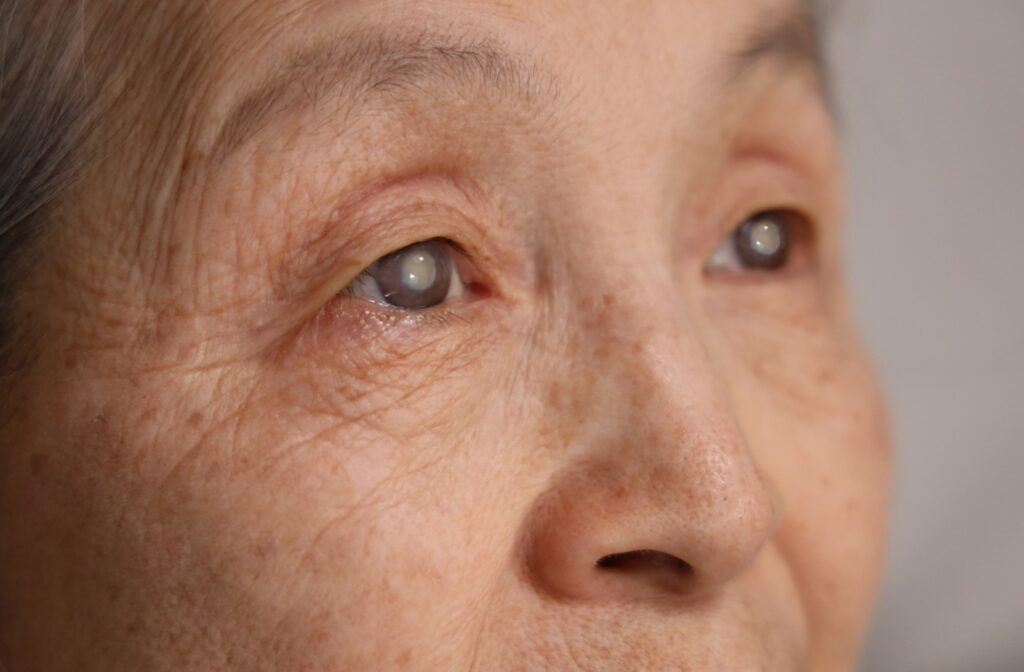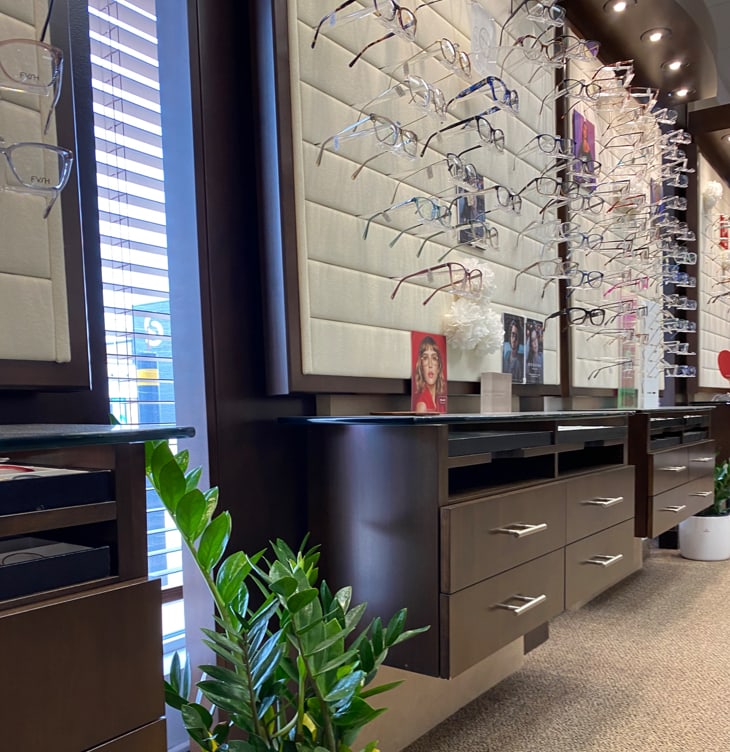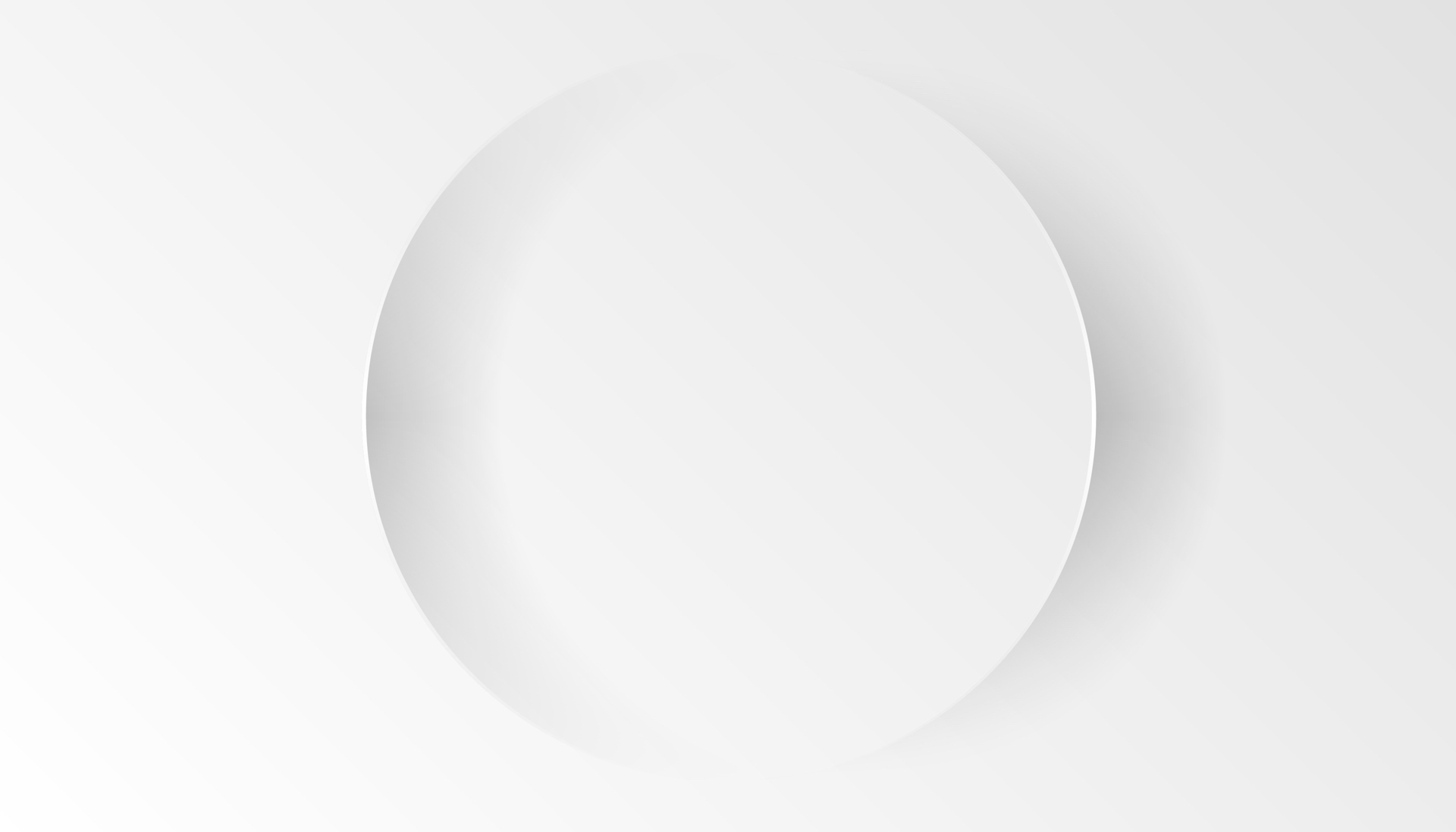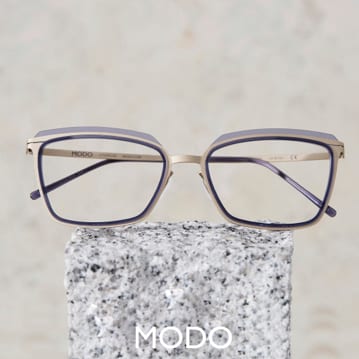Cataract is a natural age-related condition in which the eyes’s lens becomes cloudy– much like how hair turns grey– and it may surprise you but everyone develops cataracts eventually. Glaucoma, on the other hand, is a disease that damages the optic nerve. Although both become more common with age, they are entirely different conditions..
Symptoms of cataracts can include blurry vision, faded colours, and poorer night vision. On the other hand, glaucoma often goes unnoticed in its early stages, but if left untreated, it can lead to loss of peripheral vision and then total vision.
While cataracts are common, reversible, and considered a natural part of aging, glaucoma is a leading cause of vision loss. Moreover, because glaucoma often shows few symptoms in the beginning, the only way to detect it is through a routine eye exam.
Know the Eye Basics to Tell Cataracts and Glaucoma Apart
To understand the symptoms of cataracts and glaucoma, it often helps to understand how and why they occur.
What Are Cataracts?
You have a lens in each eye that helps focus light. As we get older, the proteins in our natural lenses begin to break down, causing the lenses of our eyes to cloud over and resulting in cataracts.
Cataracts can also be caused by health conditions like autoimmune disorders, hypertension, and diabetes, while certain medications can lead to the early onset of the condition. UV exposure and injuries are also linked to cataracts, and some people are born with cataracts or a health condition that leads to cataracts.
What Is Glaucoma?
Glaucoma is a disease characterized by damage to the optic nerve. Sometimes called the “silent thief of sight,” glaucoma often shows few symptoms in the beginning.
There are multiple types of glaucoma, including angle-closure glaucoma, secondary glaucoma, and normal-tension glaucoma. However, the most common type of glaucoma by far is primary open-angle glaucoma.
Open-angle glaucoma happens when high levels of pressure in the eye exert stress on the optic nerve. Normal-tension glaucoma, however, can present with normal levels of eye pressure.
Symptoms of Glaucoma & Cataract
Both cataracts and glaucoma can affect the quality of your vision.
Symptoms of Cataracts
Symptoms of cataracts include:
- Blurry vision
- “Double vision” in one eye
- Colours that appear less saturated
- Finding it more difficult to see at night and needing more light to read
- Seeing halos, experiencing glare, and having light sensitivity symptoms
Symptoms of Glaucoma
The tricky thing about glaucoma is that it often shows few noticeable symptoms in the beginning. However, as it progresses, it can cause loss of peripheral vision. Over time, this leads to tunnel vision and then, finally, total vision loss.
Different types of glaucoma can exhibit different symptoms, including:
- Blurry vision
- Sensitivity to light and seeing halos around lights
- Nausea, vomiting, or headaches
- Redness and pain in the eye
- Watery eyes
Open-angle glaucoma often progresses gradually, with few to no symptoms, but angle-closure glaucoma can happen gradually or suddenly, so it is generally more symptomatic. It’s considered a medical emergency, so if you ever experience sudden vision changes, get medical attention as soon as you can.

Glaucoma & Cataracts: Similarities & Differences
Cataracts and glaucoma are both eye conditions that cause a gradual loss of vision. However, they have important differences:
- Causes: Cataracts are caused by a cloudy lens in the eye. Glaucoma, in most cases, is caused by increased eye pressure damaging the optic nerve.
- Risk factors: Older age is a risk factor for both conditions. Cataract risk factors also include diabetes, hypertension, chronic steroid use, UV exposure, alcohol overuse, smoking, obesity, and conditions you are born with. Meanwhile, glaucoma’s risk factors include family history, high eye pressure, eye injury or surgery, certain eye conditions, and certain cardiovascular conditions.
- Diagnosis: An eye exam can identify both diseases. A dilated eye exam can diagnose cataracts by allowing the optometrist to examine the lens closely using a slit-lamp. Glaucoma is more complex to diagnose than cataracts and often requires multiple visits. In addition to dilated eye exams and eye pressure tests, diagnosing glaucoma typically involves visual field testing and OCT scans to detect and monitor progression.
- Treatment: Mild cataracts can be treated with prescription eyewear, but once the condition advances, the lens can be surgically removed and replaced with an implant. Medications and surgery are used to treat glaucoma.
- Outlook: Cataracts are often successfully removed through surgery, and in Canada, this is considered a common and low-risk procedure. On the other hand, vision loss due to glaucoma is often permanent. Awareness of glaucoma and access to diagnostic tools like OCT allow for earlier detection, and when combined with new therapies, can help slow the progression of the disease.
Can You Have Cataracts & Glaucoma at the Same Time?
Yes, you can have cataracts and glaucoma at the same time. In fact, they can actually be connected. A very large cataract can hinder fluid from draining properly in the eye, increasing eye pressure and damaging the optic nerve. It’s also common for cataracts to appear after glaucoma surgery.
Identify Diseases Early With Eye Exams
The sooner we identify an eye disease, the earlier we can intervene. Routine eye exams allow for screening and early detection of serious yet “silent” diseases like glaucoma. If you’re an adult between the ages of 20 and 64, get an eye exam every other year. If you have diabetes or are aged 65 and over, get an eye exam every year. Old South Optometry serves patients of all ages, from children to their grandparents. With values like trust, respect, and appreciation, our goal is to enhance your quality of life with preventive care that’s personalized to your needs. Book your next eye exam with us today.











